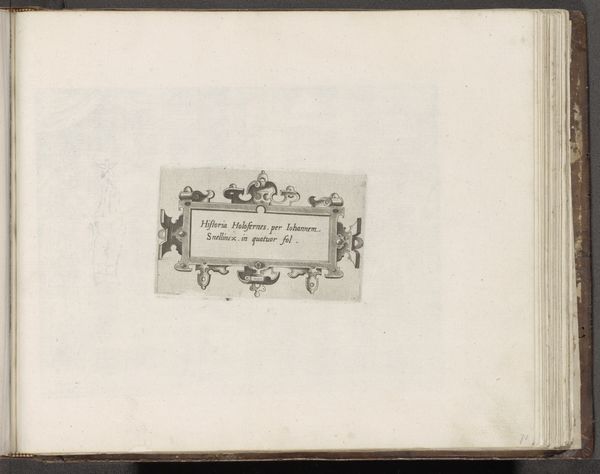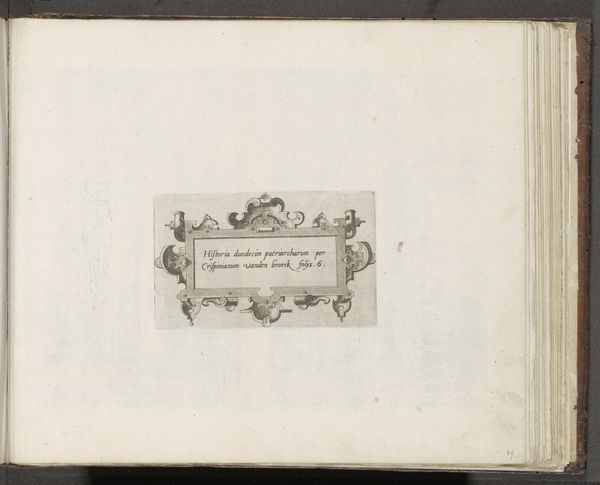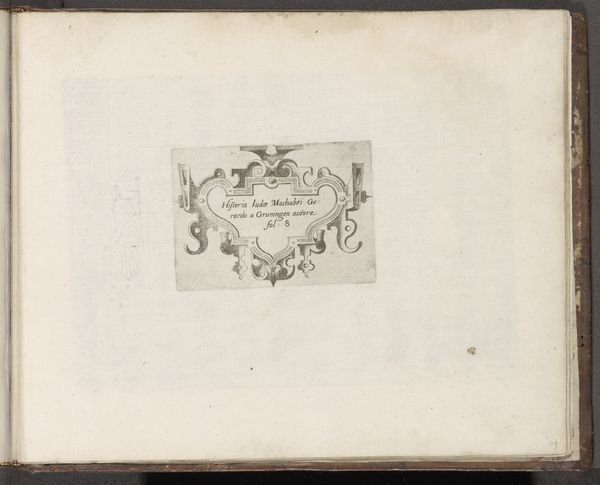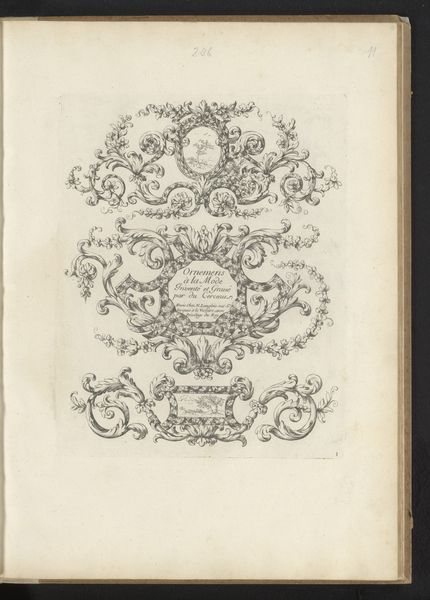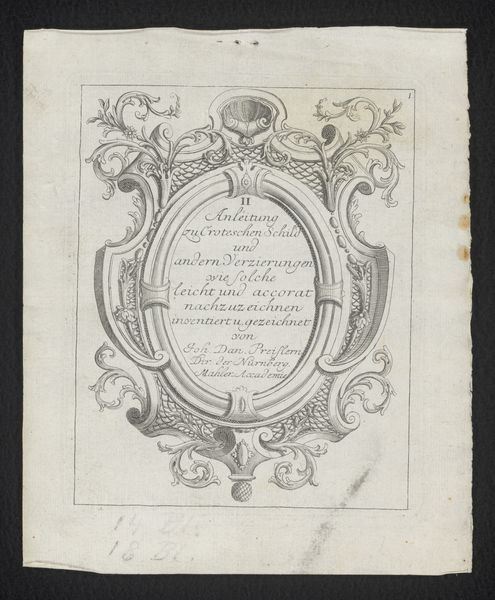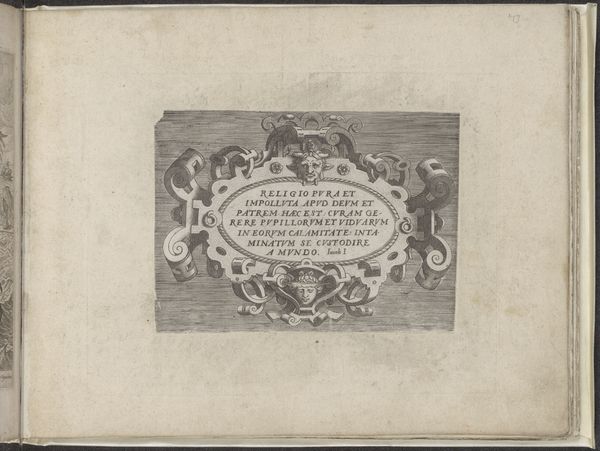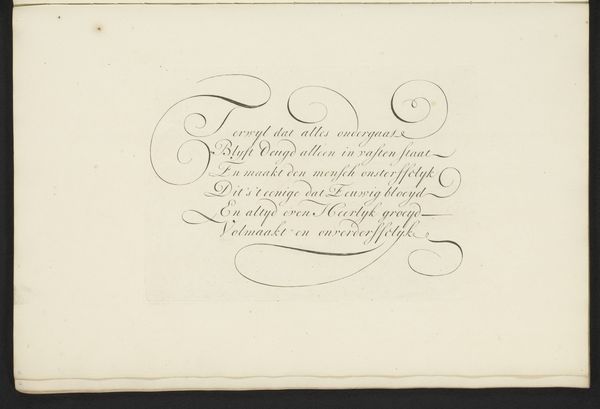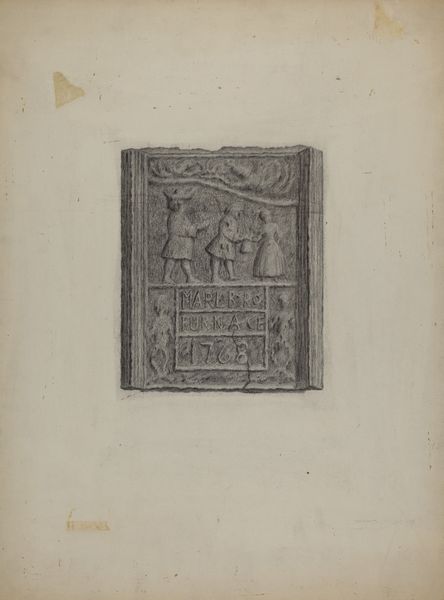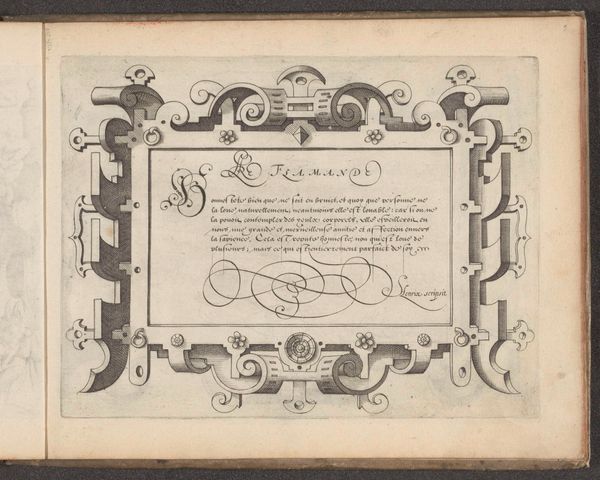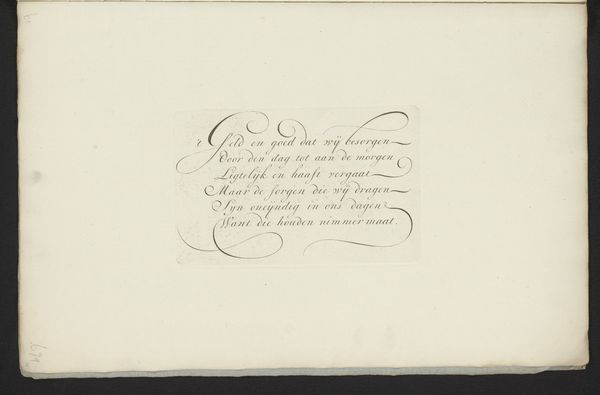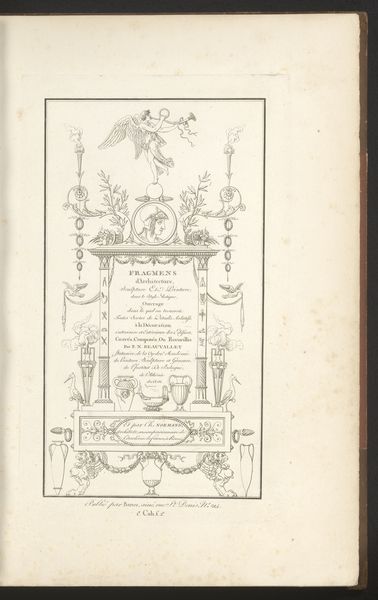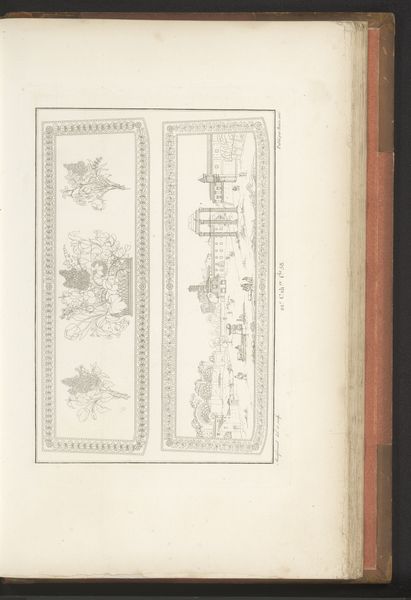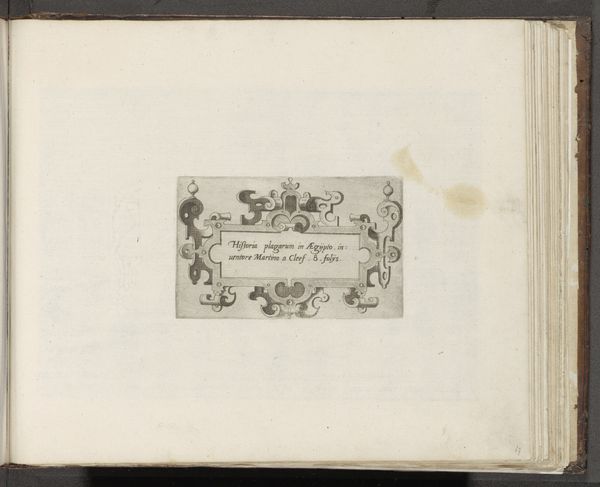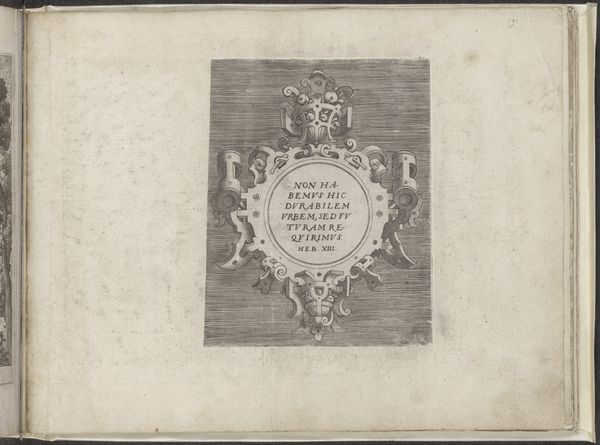
Blaassteen verwijderd uit het lichaam van een 48-jarige man uit Luik, 1796 1796 - 1798
0:00
0:00
drawing, paper, ink
#
drawing
#
neoclacissism
#
paper
#
ink
Dimensions: height 124 mm, width 164 mm
Copyright: Rijks Museum: Open Domain
Curator: Oh, this is fascinating. It's a drawing by Massau, created between 1796 and 1798. The medium is ink on paper, and it's titled "Blaassteen verwijderd uit het lichaam van een 48-jarige man uit Luik, 1796." Or, roughly, "Bladder stone removed from the body of a 48-year-old man from Liege, 1796." Editor: Eek, my first thought is… those look like alien brains someone placed on a minimalist altar! Are we sure we should display something that graphic so close to lunchtime? Curator: Graphic indeed. But look closer. The drawing itself is very much of its time – neat lines, an attempt at scientific accuracy. It represents, well, what the title says. They removed bladder stones from a man and documented it. It's Neo-Classical. Editor: Documented with an unnerving flourish, I must say! Those stones… they almost look celebratory. Like baroque firework displays! Are we meant to marvel at the human body expelling these rocky starbursts of agony? Curator: Perhaps. The artist, Massau, was likely interested in demonstrating the progress of medicine and the possibilities of surgical intervention. It speaks to the 18th-century fascination with anatomy, but within a very controlled, rational aesthetic. Editor: So it's progress as performance art. We get to gasp, learn, and feel faintly nauseous, all in one go. Still, something feels incredibly poignant about turning an intimate ordeal into public knowledge. Like displaying your ailments for applause. Curator: The line between science and spectacle was always a blurry one. Think about the public dissections from around this time or even the exhibition of anatomical models. This drawing fits squarely into that cultural context. Medical knowledge, democratized... but also, unavoidably, sensationalized. Editor: Sensationalized suffering, carefully framed. Maybe that’s what I find unsettling. It’s like early medical advertising meets a bizarrely detached still life. Still, thanks for pointing that out about Neo-Classicism, because without knowing that context, I would have definitely dismissed the piece outright! Curator: Absolutely. Art always speaks from and to its cultural moment. The challenge is hearing all the voices embedded within. Editor: Right. So maybe "alien brains" was a tad harsh! But it's good to remember, isn't it? Sometimes, what looks weirdest on the surface has a whole story itching to get out.
Comments
No comments
Be the first to comment and join the conversation on the ultimate creative platform.
